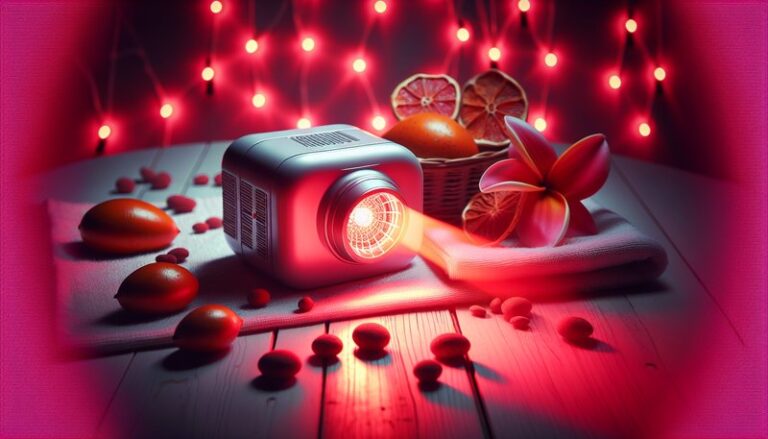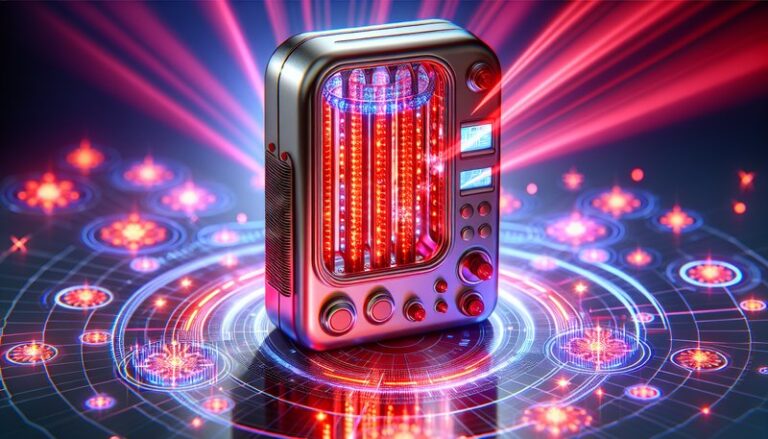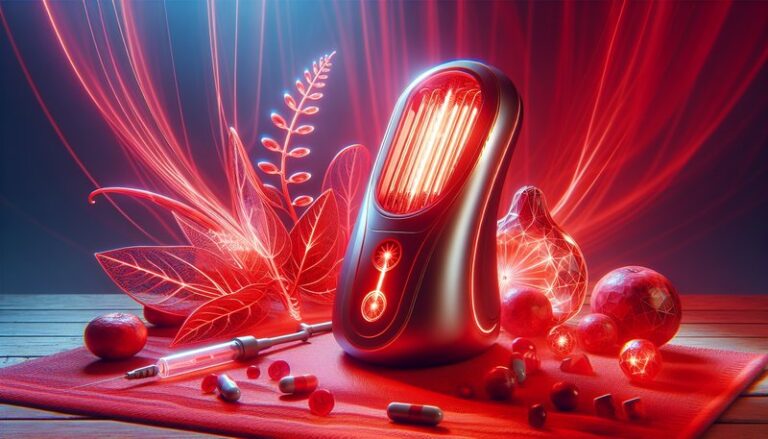Is Red Light Therapy Good For Your Heart?
Is Red Light Therapy Good For Your Heart?
Have you ever wondered if red light therapy can enhance your heart health? As interest in alternative therapies grows, many are exploring the potential of red light therapy for various health benefits, including its effects on cardiovascular wellness.
This article will delve into how red light therapy works, its potential benefits for heart health, considerations before engaging in this therapy, alternatives, and whether it’s recommended for improving cardiovascular function.
Key Takeaways
- Red light therapy has shown potential benefits in enhancing heart function and reducing cardiovascular risks.
- While promising, more extensive research is needed to fully understand its efficacy and safety for heart health.
- Patients should consult healthcare professionals before starting any new treatment, including red light therapy.
What is Red Light Therapy?
Red light therapy (RLT) involves exposure to low levels of red or near-infrared light, which can penetrate the skin and affect tissues. The therapy is often delivered through specialized devices like LED panels or lasers.
Originally developed to help heal skin injuries and wounds, red light therapy is now being studied for its broader health applications, including pain management, inflammation reduction, and enhancing cellular function.
Mechanism of Action
When the skin absorbs red light, it stimulates mitochondrial activity, leading to improved energy production in cells. This increased energy can help cells repair and regenerate, which is beneficial for various tissues, including those in the heart.
What are the Benefits of Red Light Therapy?
Red light therapy offers various potential advantages, particularly concerning heart health. Here, we will explore these benefits in detail.
Improved Blood Circulation
Red light therapy encourages vasodilation, the widening of blood vessels, which can enhance circulation. With better blood flow, oxygen and nutrients can be delivered more efficiently throughout the body, promoting overall cardiovascular health.
Reduction of Inflammation
Chronic inflammation is a known contributor to many heart conditions. Red light therapy has been shown to reduce inflammation markers in the body, potentially lowering the risk of heart disease and other associated complications.
Enhanced Heart Function
Some studies suggest that red light therapy may improve heart function and exercise performance. By enhancing mitochondrial function, the therapy may support the heart’s ability to pump blood effectively, which is crucial for maintaining overall cardiovascular health.
Stress Reduction
The use of red light therapy may also significantly impact stress reduction. Chronic stress is detrimental to heart health, and therapies that promote relaxation can indirectly benefit cardiovascular function.
Is it Possible to Use Red Light Therapy for Heart Health?
Utilizing red light therapy for heart health is becoming a more discussed topic within holistic health circles. While many individuals use RLT at home or through clinical settings, it’s essential to consider both feasibility and scientific support.
What are the Advantages of Using Red Light Therapy for Heart Health?
Red light therapy offers several advantages, especially for those interested in complementing traditional heart treatments.
Non-Invasive Treatment Option
Red light therapy is non-invasive and generally considered safe with minimal side effects, making it an attractive option for individuals seeking additional heart health therapies.
See our comprehensive review Does Red Light Therapy Cut Cellulite?
Convenience of Use
RLT devices are available for home use, allowing individuals to incorporate therapy into their daily routines without the need for frequent clinic visits.
Complementary Therapy
Red light therapy can be used alongside other heart health strategies, such as diet and exercise, providing a holistic approach to wellness.
Promotes Healing
Studies suggest that RLT may accelerate the healing process for various conditions, which can be particularly beneficial for those recovering from cardiovascular events.
What are the Disadvantages of Using Red Light Therapy for Heart Health?
While red light therapy has advantages, there are also challenges to consider.
Limited Research
While initial findings are promising, comprehensive studies on the effects of red light therapy solely for heart health are still limited. More research is essential to validate existing claims.
Cost of Devices
Specialized equipment for red light therapy can be expensive, and while at-home devices are available, they often vary in quality and effectiveness.
Not a Replacement for Conventional Treatments
It’s crucial to remember that red light therapy should not replace traditional heart health treatments. Individuals must consult healthcare providers to establish appropriate care plans.
What are the Things to Consider Before Using Red Light Therapy?
Before jumping into red light therapy, several factors should be taken into account to ensure a safe and beneficial experience.
Consult with Your Doctor
Always consult a healthcare provider before starting any new treatment, especially if you have pre-existing heart conditions or are taking medications.
Understand Your Goals
Identify what you hope to achieve with red light therapy. Having clear expectations will help you gauge the effectiveness of the treatment.
Research Device Quality
If opting for at-home devices, research their quality and specifications to ensure you are purchasing a product that delivers effective wavelengths.
What are the Alternatives to Red Light Therapy for Heart Health?
If red light therapy doesn’t resonate, several other options exist to promote heart health.
Regular Exercise
Physical activity is proven to strengthen the heart, improve circulation, and reduce stress levels. Whether it’s aerobic exercises, weight training, or yoga, staying active is vital for heart health.
Healthy Diet
A heart-healthy diet rich in fruits, vegetables, whole grains, and healthy fats can significantly impact cardiovascular wellness.
Stress Management Techniques
Practices such as meditation, deep-breathing exercises, and mindfulness can reduce stress and improve heart health over time.
See the comprehensive guide Best Red Light Therapy Mask?
Alternative Therapies
Acupuncture, massage, and chiropractic care are also alternative options that some individuals explore for enhancing overall balance and wellness.
Conclusion: Is it Recommended to Use Red Light Therapy for Heart Health?
Red light therapy shows promise as a complementary approach for enhancing heart health, with benefits such as improved circulation, reduced inflammation, and enhanced cardiac function. However, it is vital to approach this therapy with caution, keeping in mind the current research limitations and ensuring it does not replace conventional medical treatment. Consultation with healthcare professionals is key to a safe and effective health strategy.
Frequently Asked Questions
Is red light therapy safe for everyone?
Red light therapy is generally safe, but individuals with specific medical conditions or those who are pregnant should consult their doctor before use.
How often should I use red light therapy for cardiovascular benefits?
While usage can vary, many recommend 3-5 sessions per week for optimal results. Always follow the device instructions or your healthcare provider’s advice.
Can I combine red light therapy with other heart treatments?
Yes, red light therapy can be a complementary treatment, but it is essential to discuss any new therapies with your healthcare provider to ensure compatibility with your current heart disease management plan.
Are there any side effects associated with red light therapy?
Side effects are generally minimal but can include temporary redness or discomfort in the treated area. Always start with lower exposure times to assess your body’s reaction.
What type of device should I use for red light therapy?
Look for devices that specifically mention therapeutic wavelengths (around 600-900 nanometers) and have proper certifications. It’s essential to research and choose high-quality devices for effective treatment.





